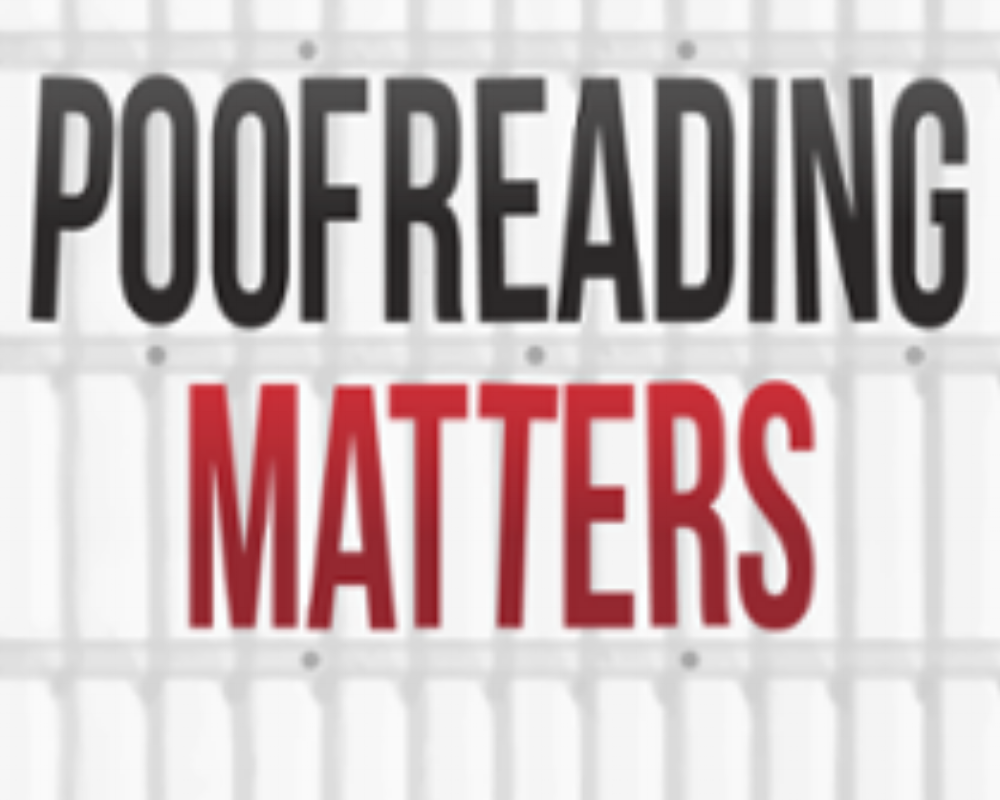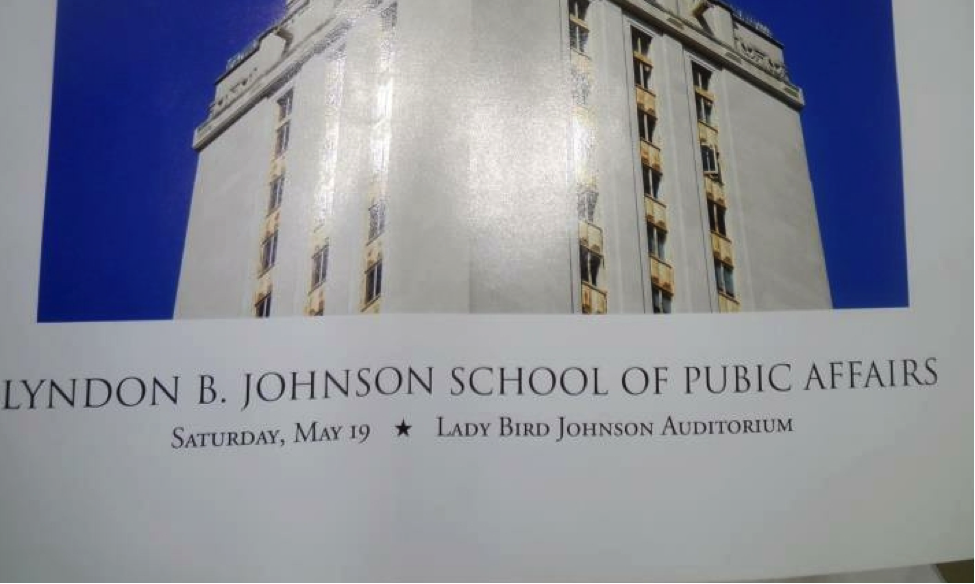
Proof That Proofreading Maters
On July 22nd, 1962, the Mariner 1 spacecraft launched from Cape Canaveral on a mission to photograph Venus. Within minutes, it veered out of control and was destroyed by safety officers on the ground. The culprit? A missing hyphen in the guidance system’s code. Years later, author Arthur C. Clarke dubbed it “the most expensive hyphen in history.”
The story is apocryphal. Many argue it was a missing mathematical symbol known as an “overbar” that caused the guidance system to fail. Overbar? Hyphen? What’s the difference when you crash a $135 million spacecraft? (That’s in today’s dollars, folks.)
The lesson is simple. Typos can cost you.
Just ask the University of Texas. In 2012, the Lyndon B. Johnson School of Public Affairs had a tiny little typo on the cover of its commencement brochure.

We should probably take pity on the Lyndon B. Johnson School. Because apparently this is a fairly common mistake, as evidenced by the Red Lion School District’s banner.

Typos don’t just cost you money. They can make you a laughing stock. Who can forget Mitt Romney’s blunder in the 2012 presidential race?

If you can’t spell America, how the hell can you run it? That’s the difference a typo can make.
When you’re a marketing agency, clients put their reputation in your hands. We have a special responsibility to protect our clients’ public image, and proofreading is an integral part of that process. From an organizational perspective, the key is redundancy. When our copywriters create content, it gets proofed by the marketing strategy team before it goes to the client. During the design process, our art directors proof each bit of copy that goes into a layout. And when the piece is finalized and approved by the client, it gets a thorough inspection from the marketing strategist, creative director and a designated proofreader.
By incorporating numerous levels of redundancy, we’ve achieved an extraordinary track record in detecting and correcting errors. That’s a good thing for our clients. If you get frustrated when McDonald’s screws up your seven-dollar value meal, imagine the vocabulary that will come out of your mouth when your agency botches a $10,000 project.
Here are five tips to improve your proofreading skills:
- HAVE SOMEONE ELSE PROOF YOUR WORK. I put this one in all caps because it’s my cardinal rule of proofreading. Under no circumstances can you proof your own work. Your brain is an anticipation machine, and it can literally – yes literally – make typos invisible. It is absolutely critical to enlist a trusted colleague to check your work. If you must proof your own material, set it aside for at least a day and then check your work.
- Read it out loud AND silently. Reading copy aloud is a great trick for catching typos. It can be gruelingly slow, but it works. When you absolutely must get it right, read it aloud before you send it.
- Read the copy backwards to detect spelling errors. Because your brain uses anticipation and context to derive meaning, reading text from beginning to end can cause you to miss typos. To home in on spelling errors, start at the end and read backwards.
- Print a hard copy. Reading your content in a different format can make typos jump out at you. You can also trick your brain into detecting typos by increasing the font size. When you increase the size of the font, you change the spatial relationship of the words on the page. This disrupts the brain’s anticipation system and lets you catch errors more easily.
- Use a spellchecker. Spellcheckers exist for a reason, but many writers neglect them. Put the technology to work for you each and every time you create a document.
So there you have it – five simple steps to make you an expert proofreader. Hey, it ain’t rocket science. But if you happen to be a rocket scientist, make sure someone proofs your hyphens.
(Check out more from our copywriting team: "How to Create the Best Billboard Ads" )








